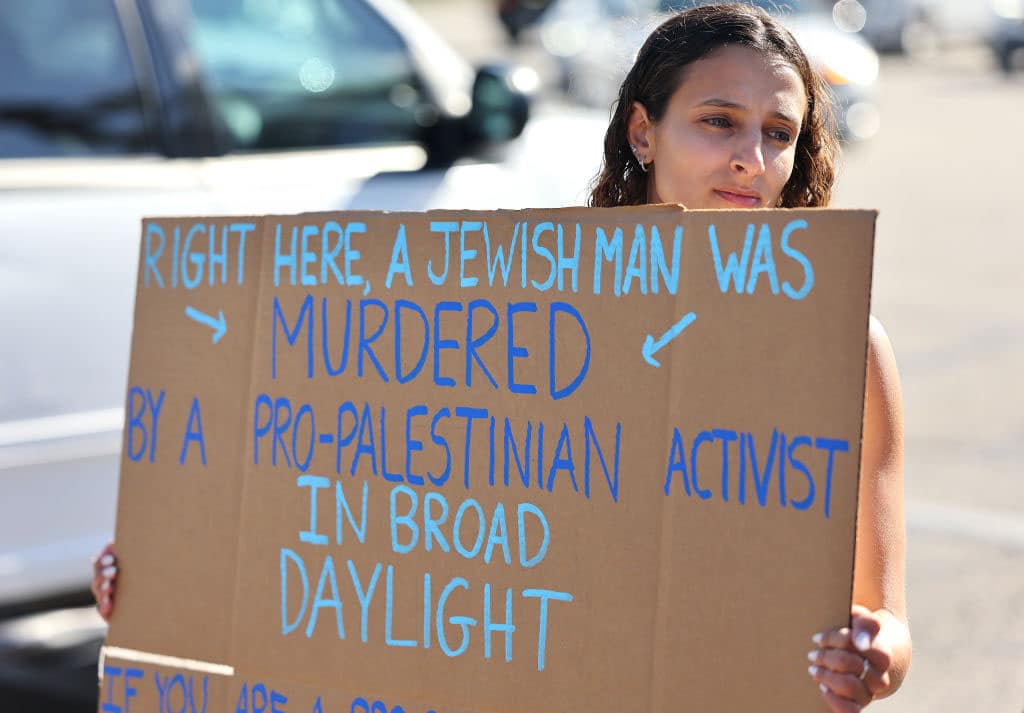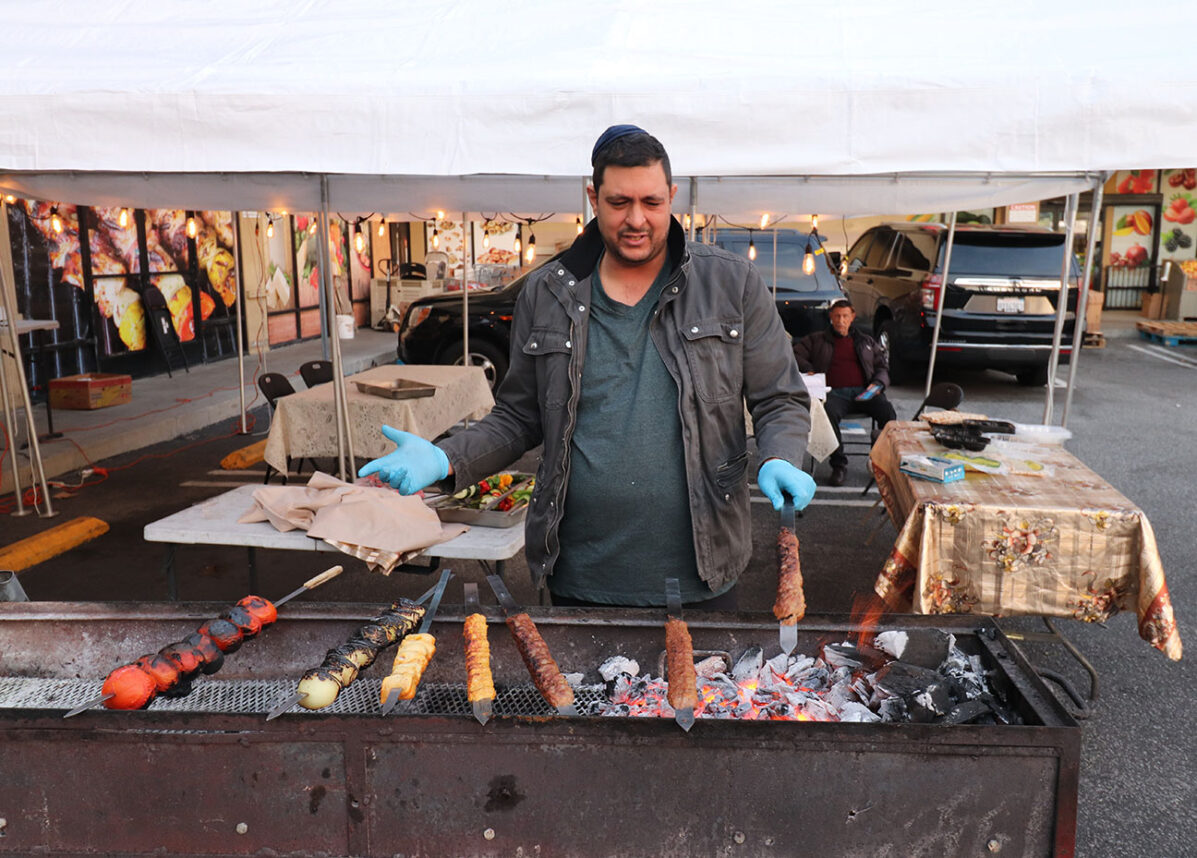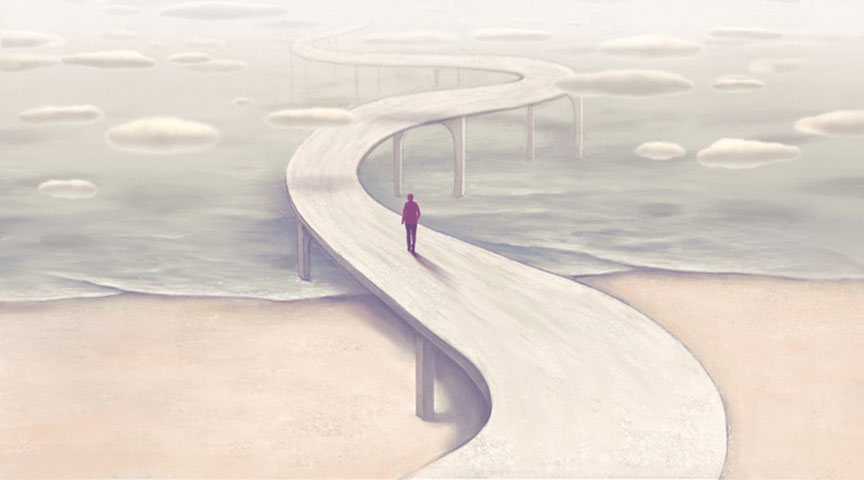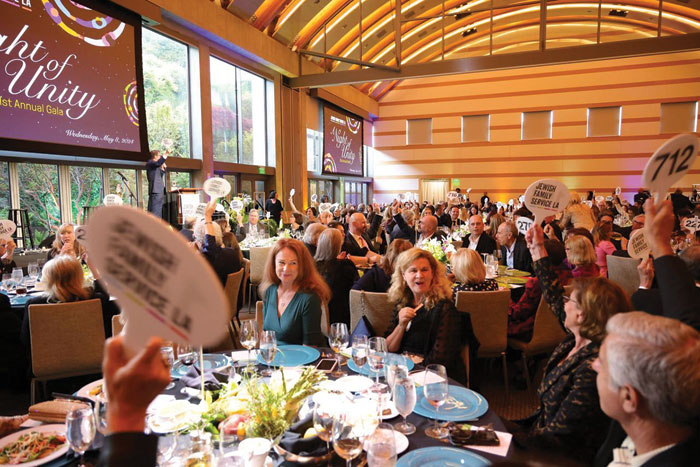I was brought to this place by Wikipedia. While reading about a demolished synagogue in Skoczów I noticed some information about a nearby cemetery. Night had already fallen, so I came back the next day. Little places like this have this are wonderful though they are easy to miss. Try to use your car navigation system to find the cemetery in Wilamowice and you will undoubtedly end up somewhere close by, if not at the exact address. Fortunately, a friend of mine knew the way.
Entrance to the cemetery – a large gate, a small sign saying that it is a historic monument, no more information. A black dog is inside and looks at us not knowing what to do. Eat them alive? We enter and to our surprise we see that on the cemetery plot there is an inhabited house. The doors are open, you can spot laundry drying in the wind, shoes… Living within a cemetery sounds pretty exciting. The building itself was a part of the venue. It used to be occupied by the caretaker. There would have been a mortuary house but it had been demolished. Today, in this densely populated area the cemetery looks as it had fallen from the skies in the middle of the neighborhood. Houses are so close that they almost enter (well, the caretaker’s house has actually entered…) the place.
The cemetery was established for the community living in the Skoczów area in 1891. However after the 1930s’ some of the wealthier Jews left the area due to anti-Jewish propaganda events. The cemetery was therefore used less up until 1939. The German troops entered Skoczów on September 2. and shortly after that the synagogue and the cemetery had been destroyed. There have been over three hundred people buried at the site and the oldest gravestone commemorates Perel Zabarski who died in January 1891.
The period after the war can be described as a slow decay of the place. Nobody really cared about the remnants of the stones. Some of them were sold and some were brought to a nearby cement factory. Only some years after the war did the Jewish families from the area begin recovering the stones from them. In the 70’ there was even an idea to transform the site into a culture centre or a park. Who knows how the story of the site would develop if not for the Jewish society in Brussels. There were some people whose roots were in the Skoczów area and wanted to restore the forgotten place. Together with Fundacja Wiecznej Pamięci (The Foundation of Eternal Remembrance) they managed to clear out the area and arrange 54 macebas that now create some sort of monument with a large stone in the centre of the Star of David. The inscription on the stone commemorates Jews murdered in the area between 1939-1945.
The lapidary part is not that interesting though. We walked a bit outside the arranged macebas and you can still spot some of the gravestones lying on the grass. Sometimes covered with moss, sometimes barely possible to spot. There are some that are still standing proudly. When we leave the place somebody looks at us in disbelief. Apparently, not many people come inside.
More information about the site (in Polish):
” title=”http://www.sztetl.org.pl/pl/article/skoczow/12,cmentarze/1864,cmentarz-zydowski-w-skoczowiewilamowice-ul-ptasia-2-/” target=”_blank”>http://www.sztetl.org.pl/pl/article/skoczow/12,cmentarze/1864,cmentarz-zydowski-w-skoczowiewilamowice-ul-ptasia-2-/





















 More news and opinions than at a Shabbat dinner, right in your inbox.
More news and opinions than at a Shabbat dinner, right in your inbox.